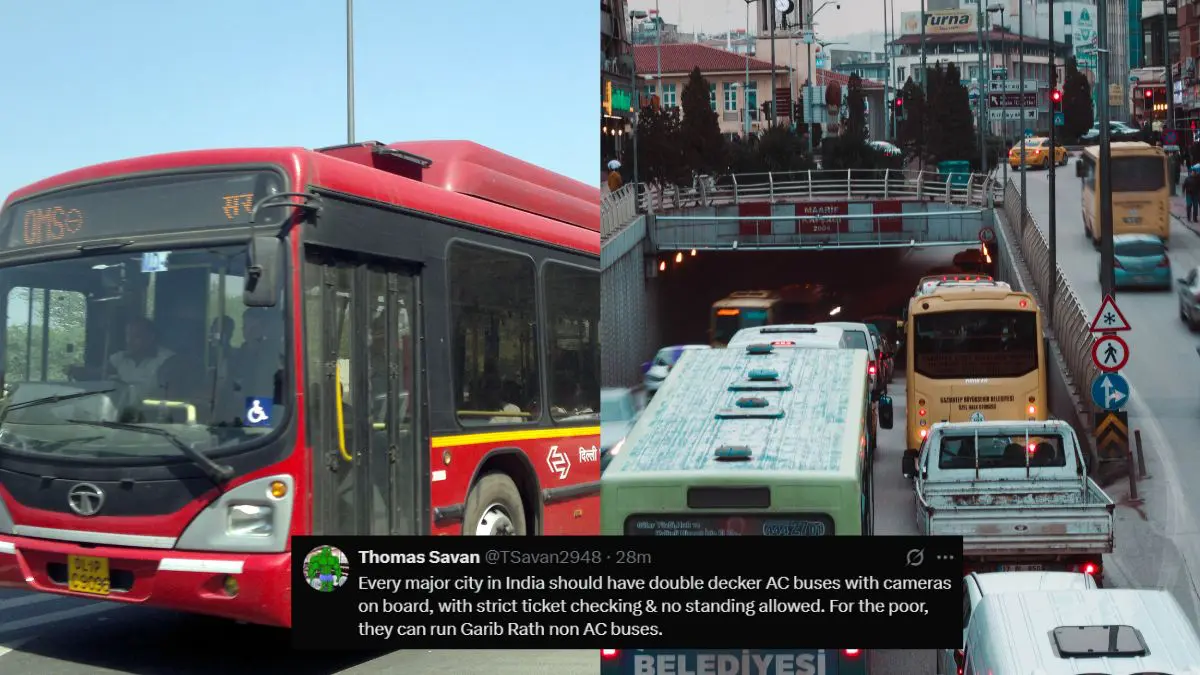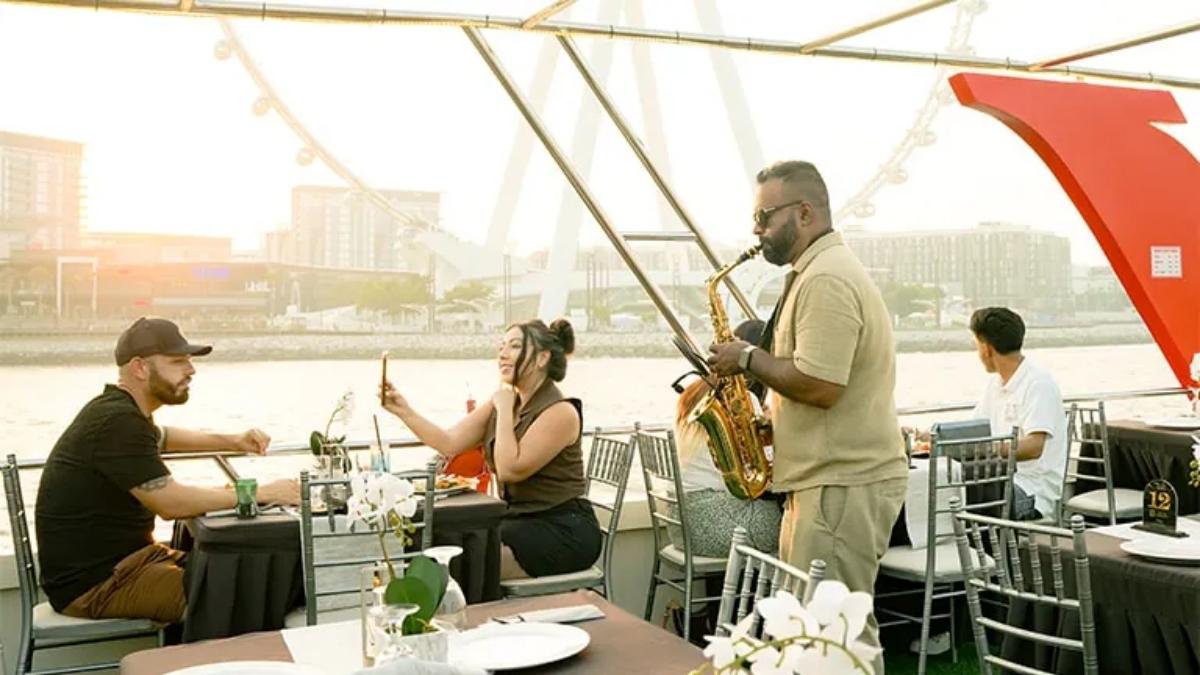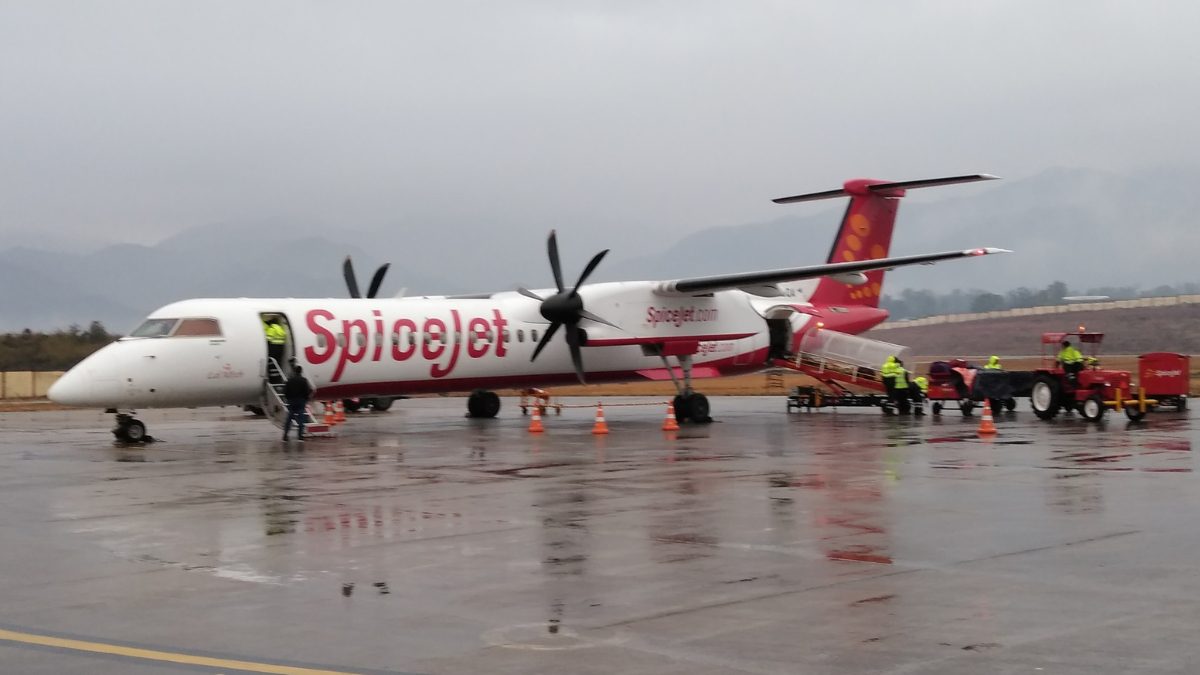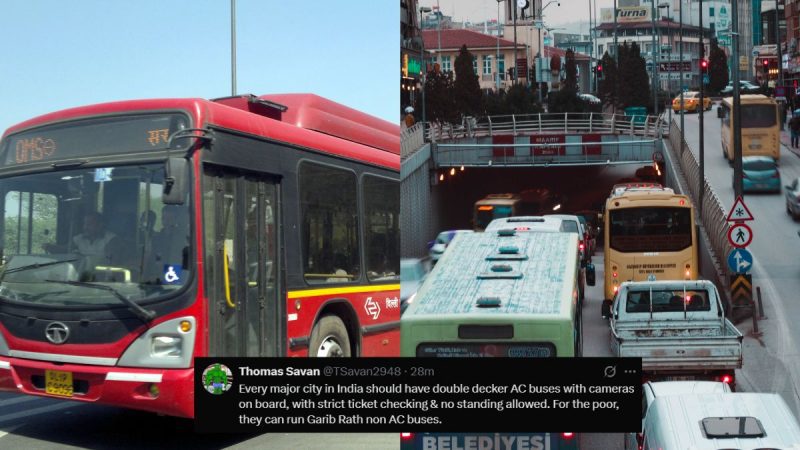Public transport is usually termed the spine of urban transport, but in India, it fails to be a viable substitute for private vehicles. A recent X post has once again brought into question the Indian public transport, and more so buses, and their inability to alleviate congestion. It contends that state governments think about buses just as an ‘aam aadmi’ (common man’s) mode of transport and overlook aspects that can entice car users.
Why Indian Public Transport Fails To Cut Traffic
The public transport hill I will die on. Buses have failed to reduce traffic congestion in India because of state governments’ insistence on seeing them solely as “aam aadmi transport”. Everything that will make buses an attractive alternative for car owners – air conditioning,… https://t.co/GZB3l0Hpax
— Ritesh Banglani (@banglani) March 3, 2025
The absence of air-conditioned buses, congestion, and the paucity of direct routes to prosperous regions discourage individuals from making a change to public transport, as stated in the post by Ritesh Banglani (X handle, @banglani).
In contrast, car ownership is still increasing despite rising expenses, congestion, and discomfort. The post goes on to state that while first-world solutions like Bus Rapid Transit Systems (BRTS) and congestion charges are successful in developed countries, they fail in India due to the lack of efficient public transport facilities.
The central point argued in the viral post is that Indian buses are not made to attract people who can afford private transport. Amenities such as premium seating, higher prices to manage overcrowding, and efficient routes that serve office-goers are still largely absent.
Consequently, despite efforts from state governments to control private automobile use through elevated registration fees, parking fees, and congestion tax, individuals continue to purchase and operate automobiles.
A more efficient bus system can be an instant and affordable answer to city congestion, as opposed to costly infrastructure schemes such as metro systems, flyovers, and tunnels. Successive governments have, however, been reluctant to introduce premium bus services for fear that they would be seen as ‘anti-poor’.
Also Read: Bengaluru Introduces New Feeder Buses From 20 Metro Stations To Increase First & Last Mile Connectivity
Netizens’ Reactions To The Public Transport Debate
Imagine traveling anywhere in Bangalore—or from your Gurgaon office to your Delhi home—in under 40 minutes!
A lot of people focus on what’s wrong with India. I’ve decided to shift the conversation toward solutions. With an engineering mindset, most of my ideas will revolve…
— Mohit Kadian (@mittidesaan) March 3, 2025
the problem is that public money spent to create infra for the rich much generate massive revenue else it is never going to be within the overton window.
— kuldeep (@ku1deep) March 3, 2025
The problem, in any city management, with regards to any civic facility is that governments approach is department type. I’m India we just don’t have the capability to think comprehensively. We build a metro but with no thought about parking!
— Ravi V (@RaviV19) March 4, 2025
The debate has elicited conflicting reactions on the internet, with most opining that the existing system does not address contemporary commute requirements.
A user remarked, ‘India badly needs buses people desire to ride in. If there were good, connected routes and comfortable buses, people would leave their cars behind.’ Another one wrote, ‘The issue is not that there aren’t enough buses but how they are operated. Crowding and bad maintenance make them unattractive to anyone who has another choice.’
However, not everyone concurred, suggesting that the answer is to upgrade current services rather than to provide costly premium ones. ‘Rather than making public transport costly, why not simply upgrade what we have? Increased frequency, improved routes, and timekeeping would cure half the ailment,’ one commenter offered.
The controversy over Indian public transport has been ongoing for some time, but the imperative for reform is greater than ever before. With the growth of cities, dependency on cars will only make congestion worse unless buses and other means of transport are available alternatives.
Also Read: KSRTC Launches New Double-Decker Buses For Tourists With A 360-Degree Panoramic View In Munnar
Would improved bus services alleviate India’s traffic headaches? Or is greater infrastructural change required?
Cover Image Courtesy: Wikimedia Commons & Canva (For Representation) &@banglani/X
For more such snackable content, interesting discoveries and the latest updates on food, travel and experiences in your city, download the Curly Tales App. Download HERE.
First Published: March 04, 2025 1:25 PM




